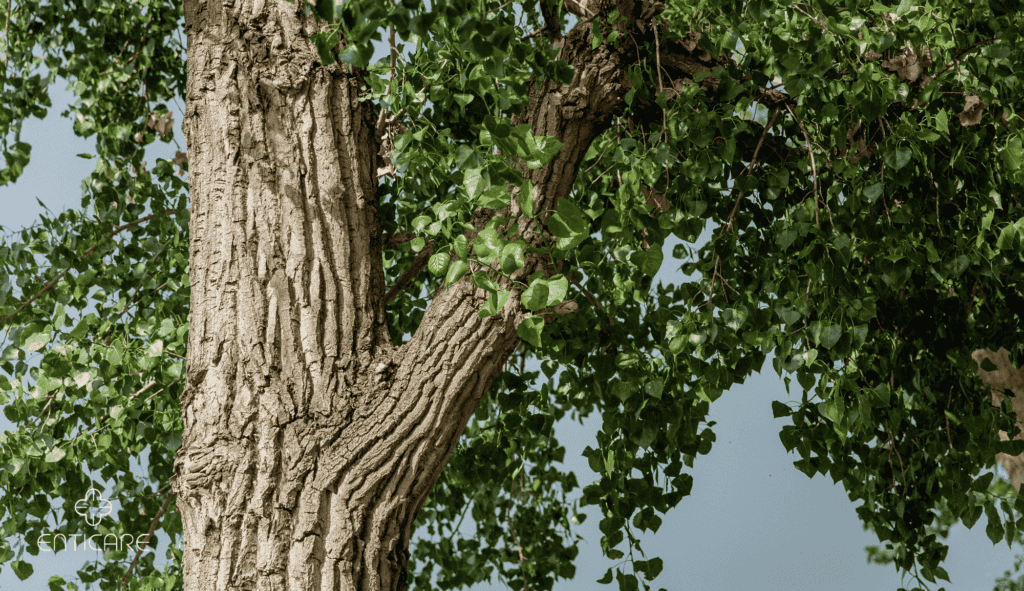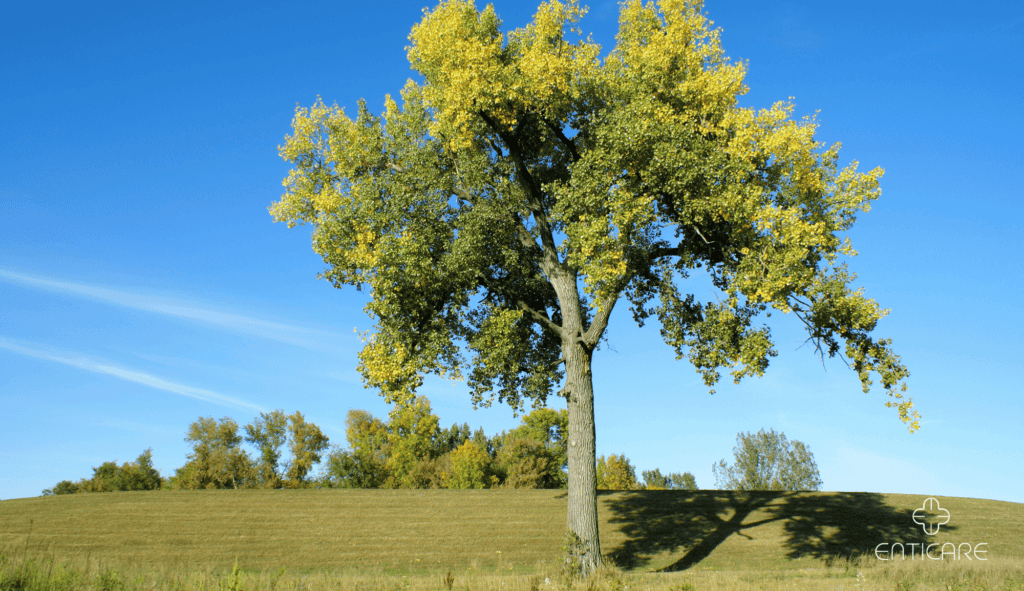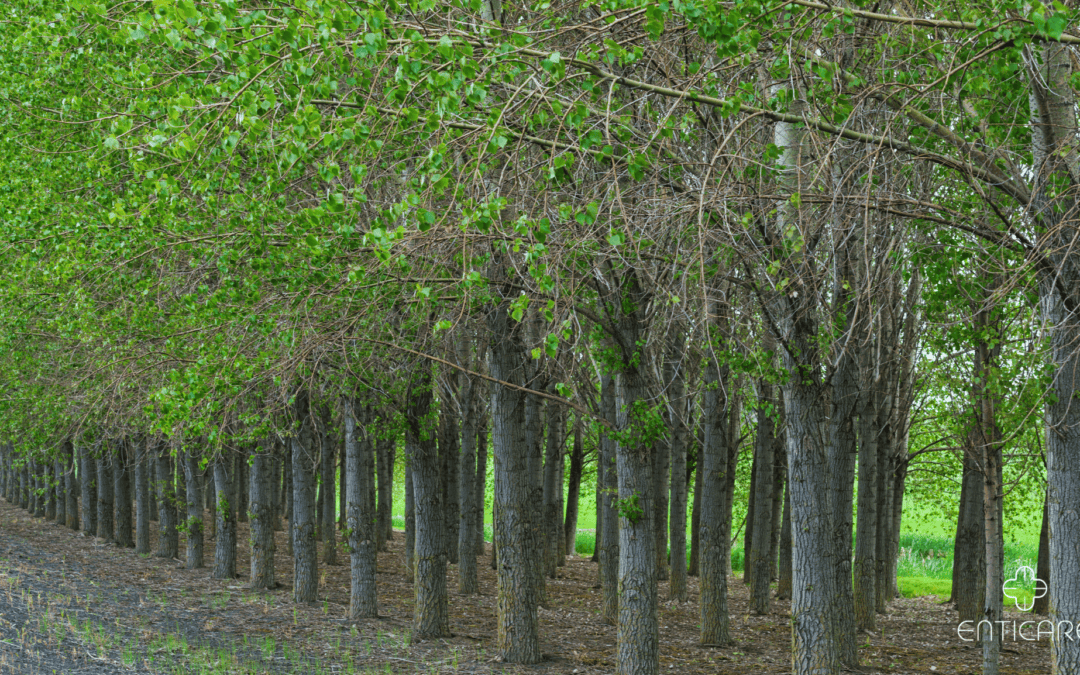The arrival of spring brings vibrant landscapes and blooming flowers, but for some individuals, it can also usher in a season of unexpected discomfort. Cottonwood allergies, triggered by the wind-borne pollen released by these majestic trees, can disrupt the enjoyment of spring for many across North America.
Cottonwood trees, also known as poplars, are iconic inhabitants of North American landscapes. These fast-growing giants, with their distinctive cotton-like seed pods, are found in various environments, from riverbanks to urban parks. However, their seemingly harmless fluff harbors the potential to trigger seasonal allergies in unsuspecting individuals.
Cottonwood allergies, though not a dinner table conversation, hold significant relevance in the tapestry of allergenic sensitivities. Originating from the Salicaceae family, Cottonwood encompasses allergens that can trigger reactions in unsuspecting individuals. Are you ready to explore the roots and complexities of Cottonwood allergies, unlocking the mysteries of this unique allergen?

North American Origins
Cottonwood trees boast a rich history in North America, dating back millions of years. Fossil evidence reveals their presence during the Paleocene epoch (66-56 million years ago). Today, over 30 species of cottonwood thrive across the continent, with varying distributions:
Dominates the western regions, particularly in riparian zones along rivers and streams.
Found in the eastern half of the continent, often in floodplains and moist areas.
Inhabits the central North American plains, adapting to diverse environments.

Exploring the Unique Season and Characteristics
Unlike most spring allergies triggered by tree pollen in early spring, cottonwood allergies typically have a later peak season. The culprit lies in the unique release of their pollen:
Cottonwood trees don’t actually produce pollen in the fluffy “cotton” seen floating in the air. This is actually the tree’s seeds equipped with cottony fibers for wind dispersal.
The true allergen is released earlier, typically in late April to May. These microscopic pollen grains, invisible to the naked eye, are carried by wind, triggering allergic reactions in sensitive individuals.
Discovering the Symptoms
Cottonwood allergies can manifest in various ways, often mimicking other seasonal allergies. Here are some key signs to watch out for:
Hay Fever
This includes symptoms like runny nose, sneezing, itchy and watery eyes, and congestion.
Sinus Issues
Facial pressure, headaches, and postnasal drip can occur.
Respiratory Problems
Coughing, wheezing, and difficulty breathing might be experienced in severe cases.
Skin Reactions
Hives, rashes, or eczema can develop in some individuals.

Managing Cottonwood Allergies
If you suspect you might have cottonwood allergies, consulting a healthcare professional is crucial for proper diagnosis and personalized management strategies. Here are some general tips for effective management:
Minimize Exposure
During peak pollen season, stay indoors when pollen counts are high, keep windows closed, and use air purifiers at home.
Medication
Antihistamines and nasal corticosteroids, as prescribed by your doctor, can help alleviate allergy symptoms.
Allergy Shots(Immunotherapy)
In some cases, allergy shots might be recommended by your doctor to desensitize your immune system to the pollen over time.
Stay informed about Cottonwood allergies through reputable resources. Explore educational materials from allergy organizations and healthcare institutions to deepen your understanding and connect with a supportive community facing similar challenges. We at Enticare are here to support you in finding the best course of treatment for your needs. Call us now at 480-214-9000!

